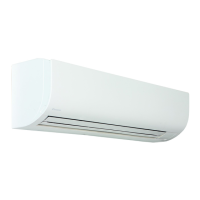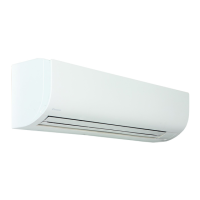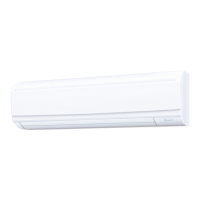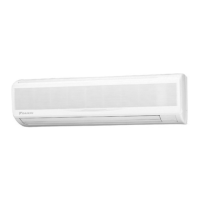Why is my Daikin FAA71BUV1B not cooling or heating enough?
- CCheryl MorrisonAug 3, 2025
If your Daikin Air Conditioner isn't cooling or heating sufficiently, first ensure that neither the indoor nor outdoor unit's air inlets or outlets are blocked. Remove any obstructions to allow free airflow. Also, verify that the air filter is clean, adjust the temperature and fan speed settings, close any open doors or windows, reduce the number of occupants if possible, minimize heat sources, block direct sunlight with curtains or blinds, and ensure the airflow angle is properly adjusted.






